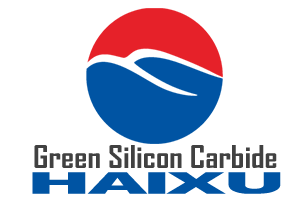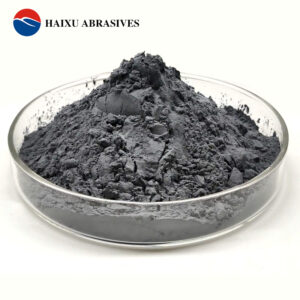Silicon Carbide for Steel Ball Grinding
When using silicon carbide (SiC) as an abrasive or grinding medium in steel ball grinding, it’s important to consider the material properties, process parameters, and application scenarios. Key points are as follows:
1. Characteristics and Advantages of Silicon Carbide
High Hardness (Mohs Hardness 9.2): Second only to diamond and cubic boron nitride, it’s suitable for efficiently grinding high-hardness steel balls (such as bearing steel).
Wear Resistance: Long life and reduced abrasive consumption.
Chemical Stability: Acid and alkali resistant, suitable for wet grinding (such as with water-based slurries).
High Thermal Conductivity: Rapidly dissipates heat, reducing the risk of steel ball deformation or burns caused by overheating.
2. Applications of Silicon Carbide in Steel Ball Grinding
Loose Abrasive: Used for rough grinding or polishing, requiring a grinding slurry (such as oil or water-based media).
Bonded Abrasives: Silicon carbide grinding wheels and blocks, suitable for batch processing.
Coated abrasives: Such as sanding belts and abrasive paper, used for precision polishing.
3. Process Parameter Optimization
Grit Size Selection:
Coarse Grinding (240#, 280#, 320#, 360#, 400#): Quickly remove excess material.
Fine Grinding (400#, 600#, 700#, 800#): Improve surface finish.
Polishing (2000#, 3000#, 4000#, 6000#): Achieve a mirror finish.
Grinding Pressure and Speed: Balance efficiency and surface quality to avoid excessive pressure that could cause scratches on the steel balls.
Cooling and Lubrication: Wet grinding reduces thermal damage and impurity adhesion.
4. Applicable Applications
High Carbon Steel/Alloy Steel Balls: Silicon carbide is suitable for materials with a hardness of HRC ≥ 50.
Ceramic/Carbide Balls: SiC reduces contamination (compared to aluminum oxide).
Precision Bearing Balls: Requires a graded grinding process (roughing → fine → polishing).
5. Notes
Impurity Control: The free silicon or iron content in silicon carbide must be low (<0.1%) to prevent contamination of the steel ball surface.Equipment Wear: SiC’s high hardness may accelerate wear of the grinding disc/jar. High-chromium steel or ceramic liners are recommended.Cost Tradeoff: Silicon carbide is more expensive than aluminum oxide, but it has a longer lifespan and is suitable for applications requiring high precision.


